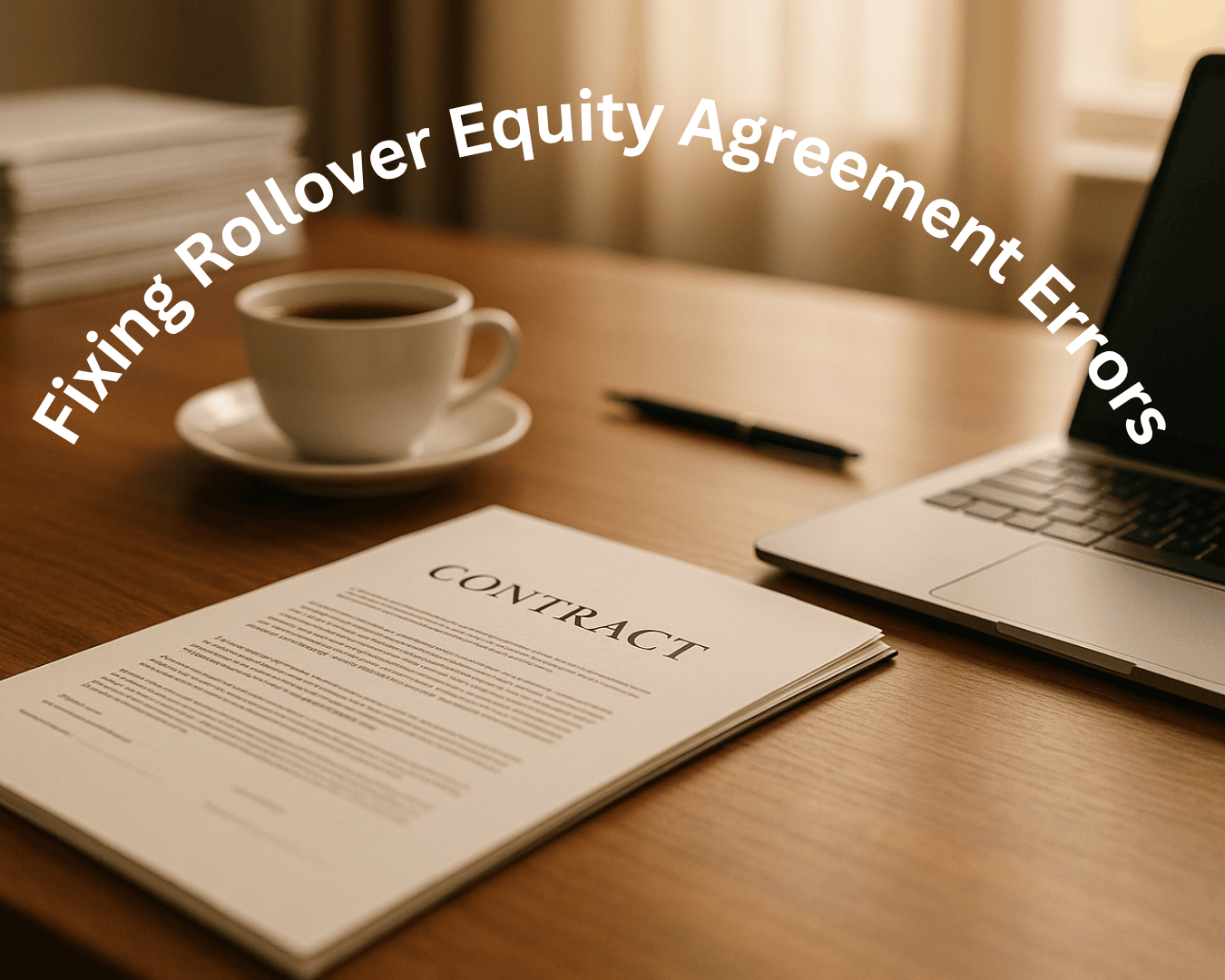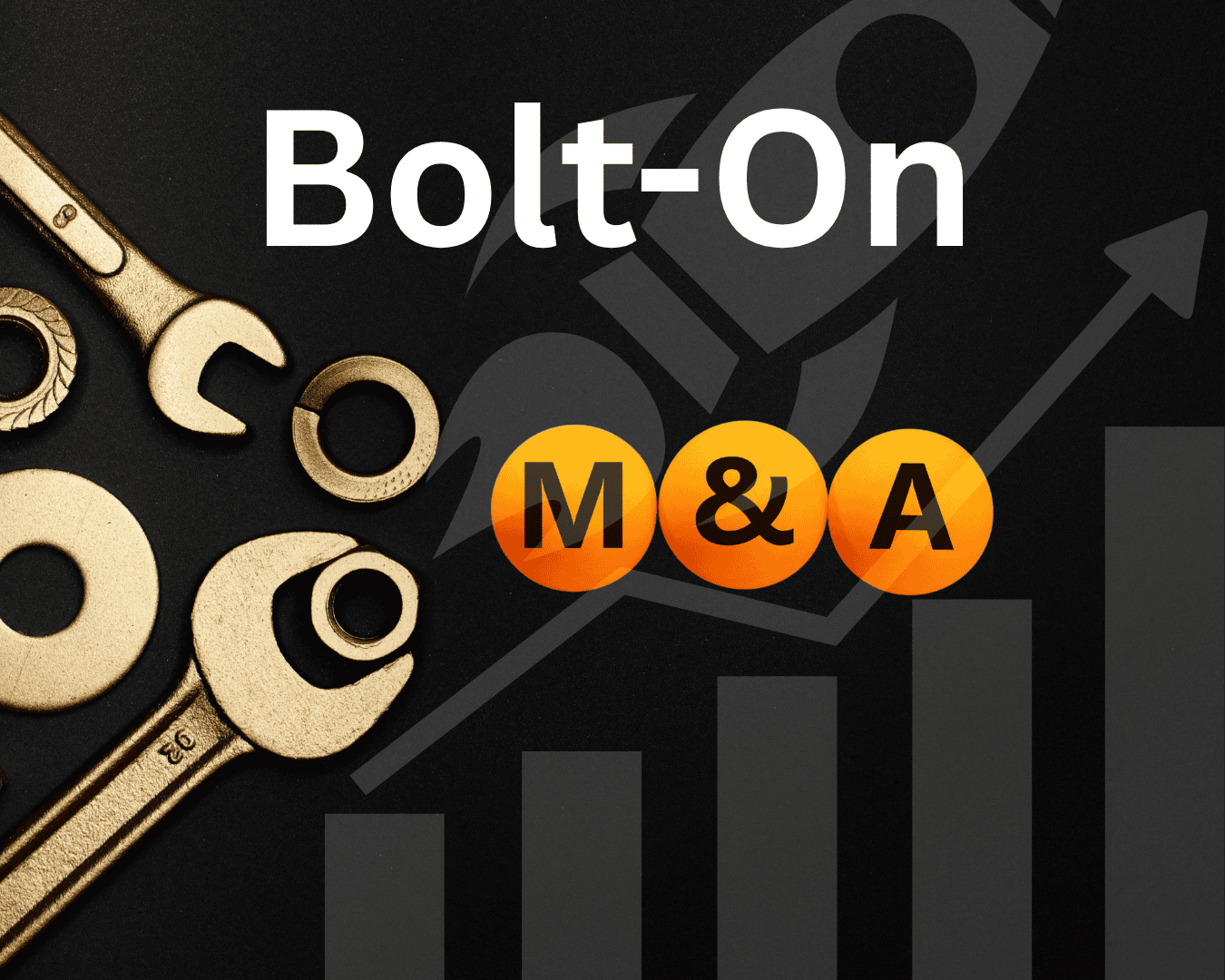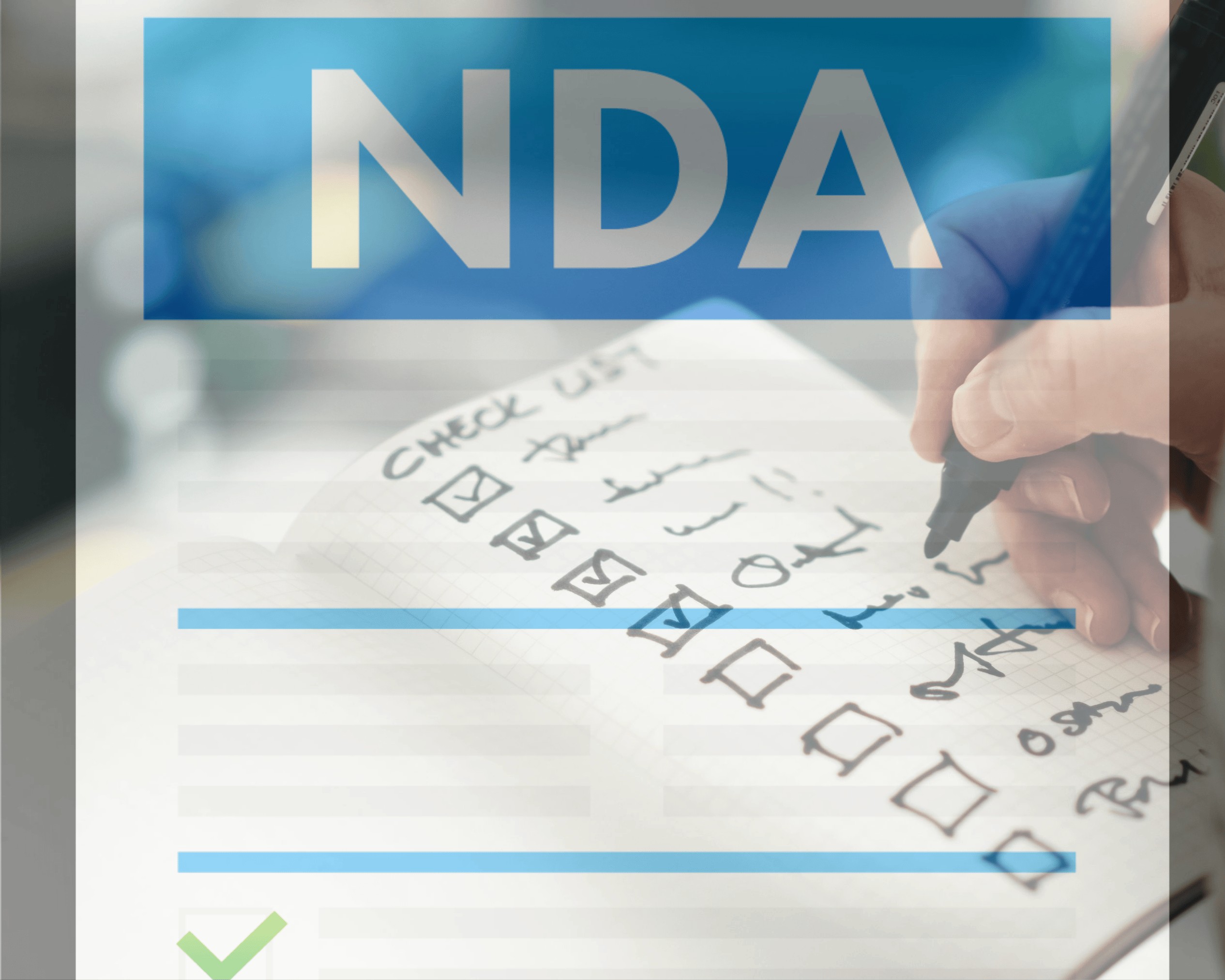When companies undergo mergers or acquisitions, employment law plays a major role in shaping how employees are impacted. While both processes involve combining businesses, they differ significantly in legal structure and how they handle workforce transitions:
- Mergers: Two companies join to form a new entity, typically retaining employees under the new organization without renegotiating contracts.
- Acquisitions: One company buys another, often absorbing its workforce. Employment terms may remain unchanged in stock purchases but can be renegotiated in asset purchases.
Key factors to consider include how contracts, benefits, layoffs, and union agreements are managed. For example:
- Mergers: Employment continuity is common, with minimal changes to contracts.
- Stock Purchases: Employees and obligations transfer directly to the buyer.
- Asset Purchases: Buyers can choose which employees and contracts to retain.
Failing to address employment law issues, such as compliance with the WARN Act or union obligations, can lead to financial penalties or lawsuits. Conducting due diligence is critical to identifying risks like unpaid wages, underfunded pensions, or misclassified workers.
Quick Comparison:
| Aspect | Mergers | Stock Purchases | Asset Purchases |
|---|---|---|---|
| Employment Continuity | Employees transition to new entity | Employees remain under same employer | Buyer selects employees to retain |
| Contract Handling | Generally preserved | Retained as-is | Often renegotiated |
| Legal Employer Status | New entity | Seller remains employer initially | Buyer becomes new employer |
| Union Agreements | Typically carried over | Must be honored | May not be adopted |
Understanding these distinctions helps businesses navigate employment law challenges during mergers and acquisitions, ensuring smoother workforce integration and legal compliance.
Employment Law Issues in M&A
Legal Structure Differences
Mergers and acquisitions (M&A) operate under distinct legal frameworks, each with unique implications for employment relationships. For both employers and employees, understanding these differences is crucial when navigating the complexities of such transactions.
Main Legal Structures
Mergers involve the combination of two companies into a single, new entity, effectively dissolving their original legal forms. This creates a unified organization with a fresh legal identity.
In stock purchase acquisitions, the buyer acquires the target company's shares. Since the target company retains its legal identity, existing employment contracts and obligations typically remain intact without disruption.
On the other hand, asset purchases allow the buyer to pick and choose specific assets and contracts from the seller. While the target company may continue to exist as a legal entity, only the selected parts of its business are transferred to the buyer.
These structural choices have a direct impact on how employment relationships are handled once the transaction is complete.
Effects on Employment Relationships
The legal structure chosen for an M&A deal shapes not only the company's future framework but also how employee agreements are managed.
- In mergers, employment contracts generally carry over under the new legal framework without the need for renegotiation.
- Stock purchases preserve the target company's legal continuity, keeping all existing employment terms in place.
- Asset purchases, however, provide the buyer with greater flexibility. The buyer can decide whether to retain all, some, or none of the seller's employees. In many cases, this process requires renegotiating terms for the employees who are retained.
For example, Elon Musk's 2022 acquisition of Twitter highlighted some of these dynamics. The deal led to swift workforce reductions and legal challenges under the WARN Act. Additionally, while mergers often strive to balance and integrate corporate cultures, acquisitions tend to see the acquiring company's culture dominate. This shift can significantly influence employee retention and satisfaction.
Employee Rights and Employer Duties
The structure of a merger or acquisition (M&A) plays a key role in shaping employee rights and employer responsibilities during the transition.
Employee Contracts and Benefits
In mergers, existing employee contracts and benefits are generally preserved, though companies may work to align policies across the newly combined entity. Stock purchases typically maintain existing employment terms, while asset purchases often open the door to renegotiating these terms.
During due diligence, liabilities such as unpaid wages or underfunded pensions might surface, directly impacting the valuation of the deal. Stock purchases usually retain employees' seniority, while asset purchases may reset it. These distinctions are particularly significant when unions are involved.
Union vs. Non-Union Employees
Unionized employees enjoy specific protections during M&A transactions. In stock sales, the buyer inherits responsibilities tied to collective bargaining agreements (CBAs) and must continue recognizing the union without interruption. The buyer also assumes obligations under the National Labor Relations Act (NLRA), including the duty to negotiate with unions on how the merger might affect employees - especially in cases involving potential layoffs.
Asset sales, on the other hand, present more complexity for unionized workforces. Buyers can decide whether to acknowledge existing unions and CBAs. Under the "Perfectly Clear Doctrine", buyers must clearly communicate their intentions if they plan to set new employment terms, which may allow them to avoid adopting existing CBAs.
Non-unionized employees, however, generally have fewer statutory safeguards in M&A scenarios. Their rights are shaped mainly by individual employment agreements, company policies, and applicable laws. Severance agreements and change-of-control provisions often become critical in such cases.
Unions must receive timely notice - usually at least two weeks - to adequately protect their members' interests. Buyers must also avoid any actions that could be seen as discriminatory against union members, as this could undermine union representation. These factors often influence severance and notice requirements during M&A transitions.
Severance and Notice Requirements
The WARN Act requires companies to provide 60 days' notice in the event of mass layoffs. However, state-specific regulations can vary widely, and multi-state employers must carefully navigate each state's rules to ensure compliance.
Acquisitions often lead to redundancies, making clear severance planning essential. Severance is typically reserved for employees who are let go through no fault of their own - such as those impacted by mergers or restructuring - and usually does not apply to those terminated for cause or who leave voluntarily.
Certain employment contracts include change-of-control clauses, which may trigger enhanced severance packages or accelerated stock options when a deal is finalized. These provisions can significantly affect transaction costs and need to be thoroughly reviewed during due diligence. Severance agreements often require employees to sign termination documents, which may include clauses like non-disparagement agreements or waivers of litigation rights against the company.
In stock purchases, the buyer assumes all existing employment-related obligations, including severance commitments. By contrast, asset purchases allow buyers to selectively take on employment contracts and negotiate new severance terms.
Grasping these details is crucial for ensuring legal compliance and protecting employees while streamlining post-deal integration.
Due Diligence and Employment Risks
When considering how legal frameworks shape employment relationships, due diligence plays a critical role in identifying and addressing potential risks. Employment-related risks are especially prominent in mergers and acquisitions (M&A). With 80% of M&A deals not achieving their intended goals, thorough due diligence becomes indispensable for uncovering liabilities that could derail a transaction.
Employment Due Diligence Process
HR due diligence is a vital step in managing risks tied to compliance, HR policies, and potential liabilities.
Some key areas demanding immediate focus include employment contracts, HR policies, compensation and benefits packages, and technology systems. Buyers need to meticulously review employee records - such as contracts, policies, and compensation details - to ensure compliance with laws like the Fair Labor Standards Act (FLSA), the Americans with Disabilities Act (ADA), and Equal Employment Opportunity Commission (EEOC) regulations.
Worker classification is another critical area. Misclassifying employees - whether as exempt workers or independent contractors - can lead to significant liabilities. These might include unpaid wages, benefits, liquidated damages, back taxes, and even attorney fees.
Employee benefit plans also warrant close examination. Buyers must identify issues such as defects in qualified plans, IRS reporting lapses, or penalties related to the Affordable Care Act's "pay or play" provisions. Defined benefit pension plans, in particular, require extra scrutiny. If a plan is underfunded, the buyer could face increased costs after the acquisition.
Executive compensation arrangements are another area of concern. This includes evaluating equity-based compensation, severance agreements, and change-of-control clauses that could significantly impact the transaction's total cost.
For unionized workforces, due diligence must include a thorough review of collective bargaining agreements (CBAs). These agreements can influence both pre- and post-closing operations. Additionally, withdrawing from union pension plans could result in hefty withdrawal liabilities for employers.
These considerations highlight how employment risks can shape the broader M&A process, particularly when it comes to the liabilities transferred during the transaction.
Liability Differences: Mergers vs. Acquisitions
The structure of an M&A transaction plays a decisive role in determining how employment-related liabilities are handled. Whether the transaction is structured as a merger, stock sale, or asset purchase can significantly affect the buyer's exposure to these risks.
In stock sales or mergers, buyers typically inherit the target company's employees and benefit plans, along with all associated historical liabilities. This means the buyer assumes responsibility for past compliance issues, ongoing litigation, and underfunded benefit programs.
By contrast, asset purchases offer buyers more flexibility. Buyers can decide which employees to retain and which benefit plans to assume. However, successor liability may still apply in certain cases. Generally, buyers in asset sales only take on benefit program liabilities when they explicitly agree to do so. This structure allows for a more selective approach to employment obligations.
Buyers must adopt strategic due diligence approaches tailored to the transaction type. In mergers, for example, it’s essential to address benefit plan liabilities by negotiating purchase price adjustments or indemnities. For asset purchases, buyers should focus on defining which employment obligations they will assume and clearly outline these terms in the agreement.
Timing is another critical factor. Engaging employee benefit specialists early in the due diligence process is crucial. These experts can identify potential liabilities and suggest workarounds before they become costly issues. Delaying their involvement could result in the unintended assumption of liabilities that might disrupt the buyer’s own benefit programs.
Finally, it’s important to evaluate HR systems, data security, and dispute resolution mechanisms to identify additional operational risks.
sbb-itb-a3ef7c1
Post-Deal Employee Integration
Successfully integrating employees after a deal depends on aligning policies and maintaining open, transparent communication. How companies manage this phase can significantly influence the deal's success. At the heart of it all is ensuring compliance with employment laws, which forms the bedrock for sustainable outcomes.
Aligning Employment Policies
The approach to policy alignment largely depends on the nature of the deal. For mergers, the challenge lies in blending two distinct sets of policies into a cohesive system. In acquisitions, the focus is typically on aligning the acquired company's practices with the buyer's existing framework.
Key areas to address include benefits, compensation structures, and performance benchmarks. These must be harmonized to ensure fairness and compliance with legal standards. Once policies are aligned, the next step is to communicate these changes clearly and effectively to employees.
Employee Communication and Transition
Clear communication is essential for reducing uncertainty and keeping employees engaged. Research shows that effective messaging can triple retention rates. To achieve this, companies should assemble a cross-functional team - drawing from HR, legal, management, and IT - to craft and deliver targeted communications. Each transaction type comes with its own set of challenges, and communication strategies should reflect these nuances. For example, employee engagement tends to dip more in acquisitions than in mergers.
When delivering messages, it's crucial to use channels that resonate with different employee groups. Messages should be straightforward, explaining the rationale behind the deal, the expected benefits, and what employees can anticipate moving forward.
Managers play a pivotal role in addressing employee concerns. Communicating with clarity and empathy can help ease anxieties. Brittany LaBovick, Vice President of Employee Experience at Renuity Home, emphasizes the importance of leadership in this process:
"It all starts with leadership explaining what their clear vision for the organization is to the employees. It's also important for leadership to communicate any potential changes through multiple channels because different employees might process information in different ways."
Cultural integration is another critical factor. Employees involved in acquisitions often report more negative feelings compared to those in mergers. Conducting cultural assessments of both organizations can highlight areas of alignment and potential friction, helping to shape strategies for a smoother transition.
To maintain morale, companies should provide regular updates and resources like FAQs or dedicated contact points. Recognition also plays a big role - 67% of companies that rewarded employees during M&A transitions reported successful integration. Partnering with HR to create a thoughtful recognition program can make a significant difference.
Ultimately, the integration phase is where employment law compliance and due diligence efforts are put into practice. Companies that prioritize clear communication and systematic policy alignment set the stage for long-term employee satisfaction and operational success.
Comparison Table: Employment Law in Mergers vs. Acquisitions
Here's a breakdown of how employment laws differ across mergers, stock purchase acquisitions, and asset purchase acquisitions, based on common due diligence principles:
| Aspect | Mergers | Stock Purchase Acquisitions | Asset Purchase Acquisitions |
|---|---|---|---|
| Employment Continuity | Employment relationships typically continue without interruption | Employment relationships usually remain unchanged with the same employer | Buyer can decide whether to hire employees or not |
| Legal Employer Status | Employees transition to the newly merged entity | The seller initially remains the legal employer | Buyer becomes the legal employer for any employees they choose to hire |
| Employment Contract Transfer | Contracts need to be harmonized for consistency and compliance | Existing contracts generally stay intact | Buyers must respect the rights and agreements of transferred employees |
| Employee Selection | Employees from both companies are usually retained | Current employees are typically retained | Buyer has the flexibility to select which employees to hire |
These differences highlight the varying levels of complexity and flexibility in employment matters depending on the transaction type. For mergers, aligning employment agreements is critical to maintaining compliance and consistency. Stock acquisitions allow for continuity, with the buyer inheriting liabilities tied to employment. Asset purchases, on the other hand, give buyers more control, as they can selectively choose employees to bring on board.
Negotiations around employee transfers are often a focal point in these transactions. Conducting thorough due diligence helps uncover potential labor and employment risks, ensuring smoother transitions regardless of the deal structure.
Conclusion
Grasping the nuances of employment law in mergers and acquisitions is a key factor in ensuring a smooth business transaction. The structure you choose - whether a merger, stock acquisition, or asset purchase - directly influences employee rights, continuity, and your responsibilities as an employer.
Each approach carries unique implications. Mergers typically preserve employee continuity, stock acquisitions transfer obligations, and asset purchases allow for selective retention of employees. These differences highlight the importance of crafting precise legal strategies tailored to the transaction.
Take, for instance, IBM's $34 billion acquisition of Red Hat. IBM had to navigate collective bargaining agreements while implementing retention strategies to maintain Red Hat's distinct culture and minimize workforce disruptions.
Thorough due diligence is non-negotiable. A detailed review of employment contracts, benefits, and liabilities is critical to uncover potential risks. Overlooking these elements can lead to costly litigation, penalties, or operational setbacks.
Post-transaction success hinges on effective communication and integration planning. Keeping employees informed about changes to their roles, benefits, and workplace policies can help ease uncertainty and sustain morale during the transition.
To simplify these complexities, businesses can benefit from specialized tools and advisory services. Platforms like Clearly Acquired offer deal management solutions, automated document reviews, and legal resources to address employment law risks early and ensure compliance throughout the transaction.
Ultimately, whether you're navigating a merger or an acquisition, partnering with experienced employment law counsel and conducting thorough due diligence will safeguard your investment and pave the way for seamless employee integration.
FAQs
How do employee contracts differ between mergers and acquisitions?
In a merger, employees generally retain their existing contracts and continue working under the same terms unless they choose to leave or are let go. The acquiring company typically takes on the responsibility for honoring these agreements, which helps create a smoother adjustment for the workforce.
In an acquisition, things can be a bit different. Contracts are often revisited, renegotiated, or even terminated. Employers must follow employment laws, including providing proper notice and adhering to regulations like the WARN Act. Protecting employee rights, such as safeguarding against wrongful termination, is especially important during this time. HR teams play a central role in ensuring these transitions are handled thoughtfully and in compliance with the law.
What are the key differences in employee rights and benefits between mergers and acquisitions?
The legal framework of a merger or acquisition significantly influences what happens to employee rights and benefits. In a merger, employees usually continue under their current employment terms. Their benefits, protections, and job conditions often remain unchanged because the acquiring company typically takes on the existing employment agreements. This setup offers employees a sense of stability and continuity.
In an acquisition, the situation can be more complex. The outcome for employees largely depends on whether the deal is structured as an asset purchase or a stock purchase. The acquiring company has the discretion to keep, adjust, or discontinue existing benefit plans. This can lead to shifts in job roles, changes to benefits, or even concerns about job security.
Grasping the legal structure of these transactions is crucial for predicting how employee rights and benefits might evolve during the process.
What should companies focus on during due diligence to address employment law risks in mergers and acquisitions?
During the due diligence phase of mergers and acquisitions, a close examination of employment contracts, policies, and records is critical. This step helps uncover any potential legal risks tied to the workforce. Companies must confirm compliance with both federal and state employment laws, review employee benefits, and address any unresolved labor disputes or claims.
On top of that, assessing how the two organizations' cultures align and preparing for workforce transitions is key. Proper planning can help avoid disruptions and limit potential liabilities after the deal is closed. By conducting a detailed review, businesses can ensure legal compliance, mitigate risks, and set the stage for a smoother integration process.





















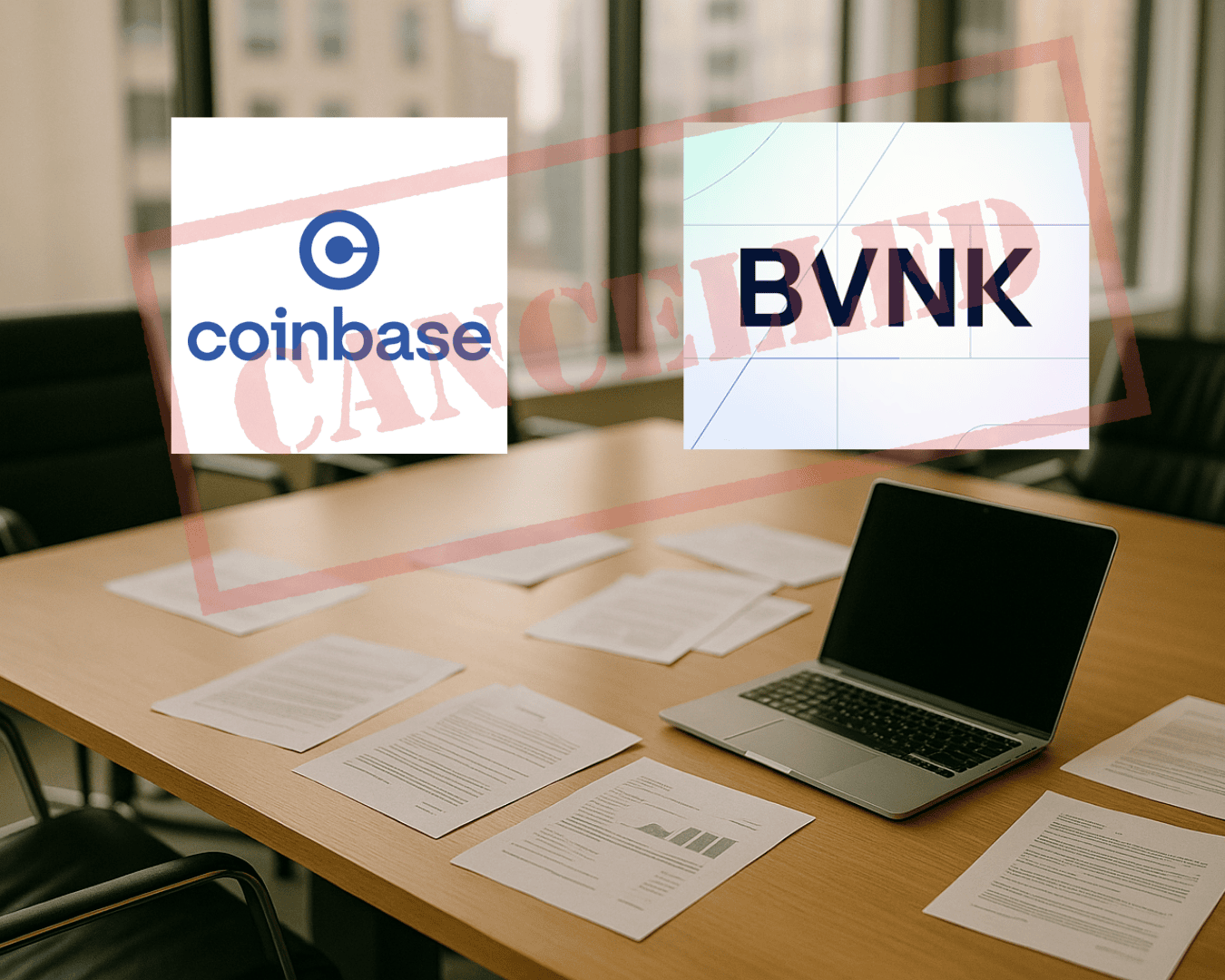









.png)




























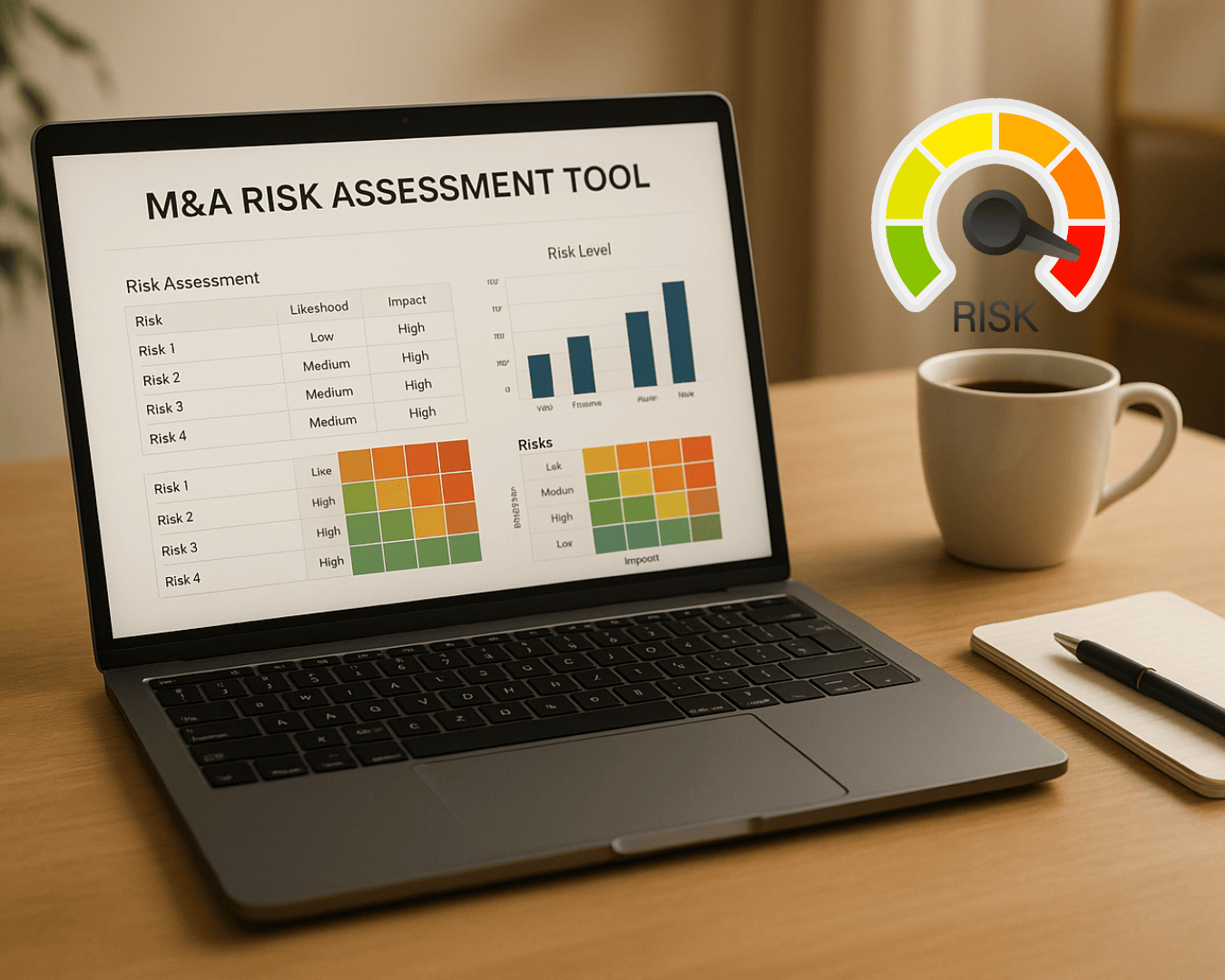

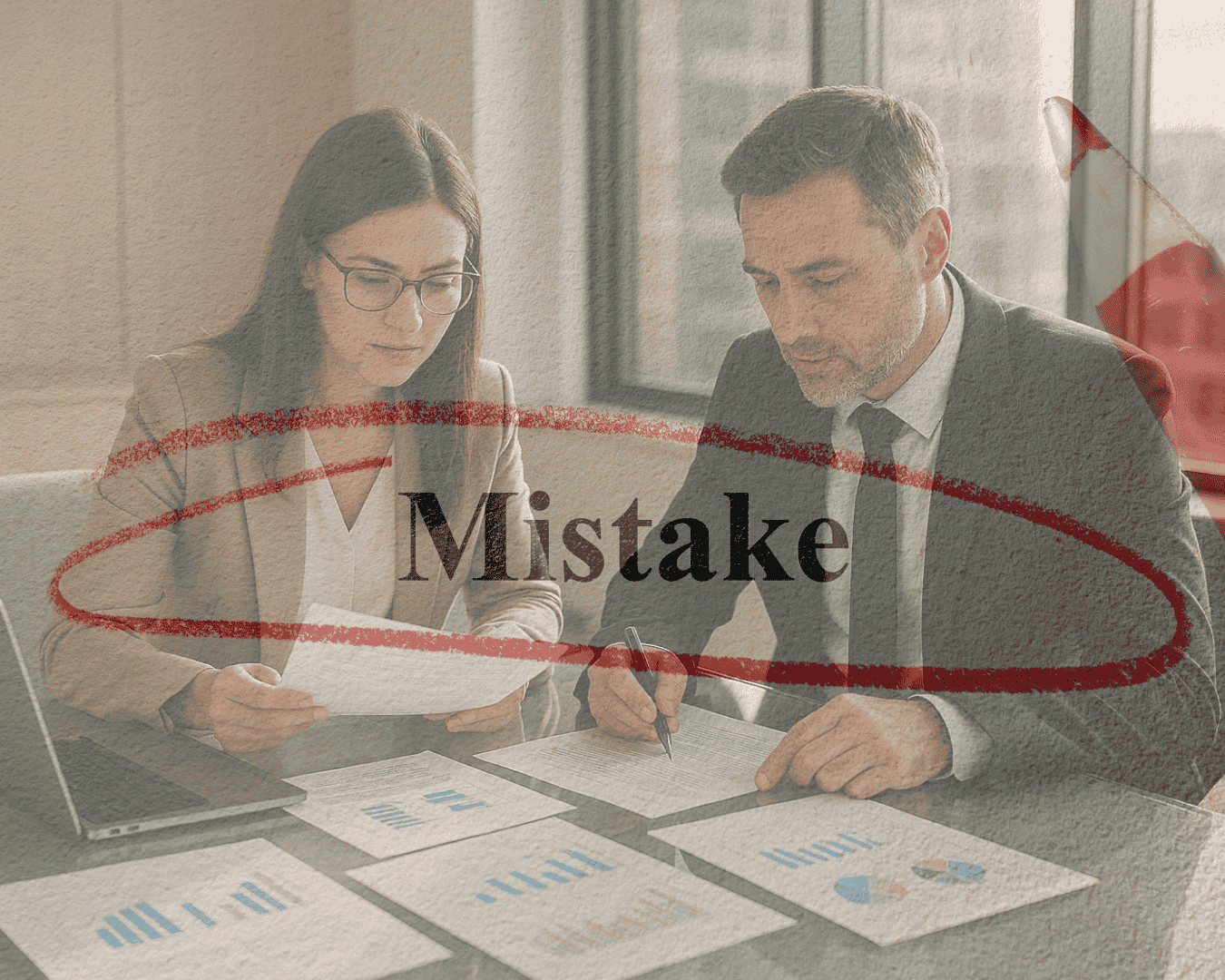









%20Loan%20Application%20Checklist.png)
